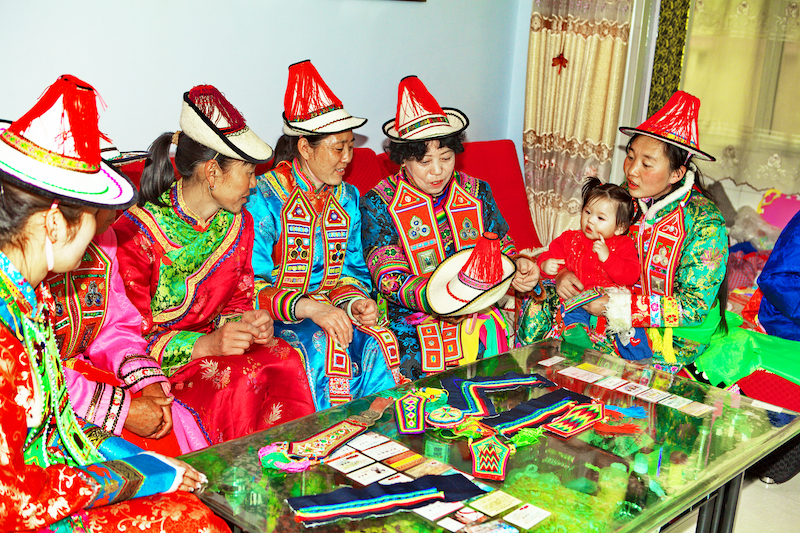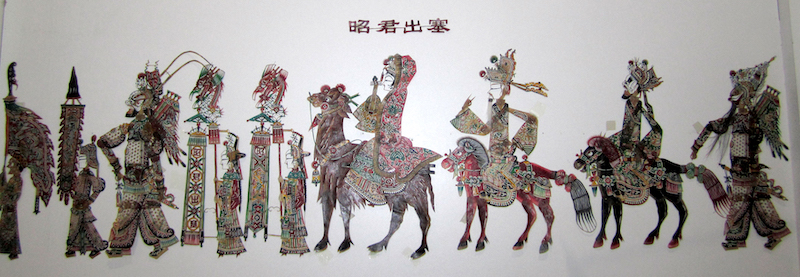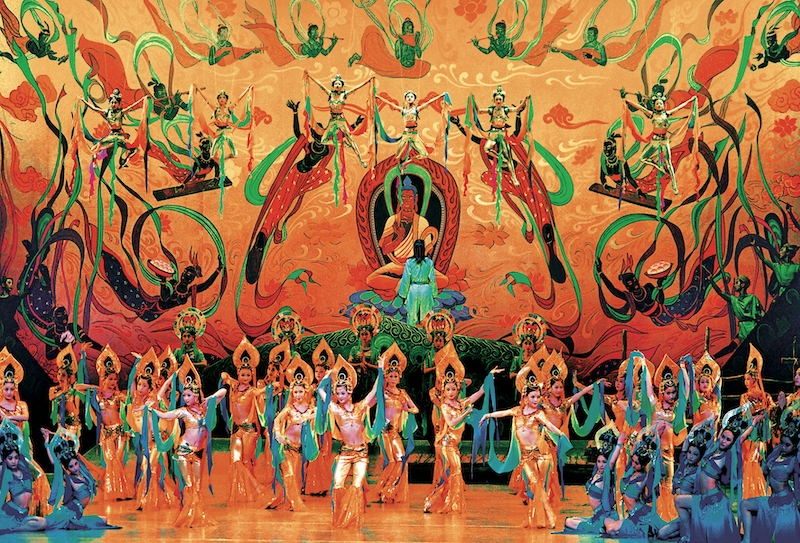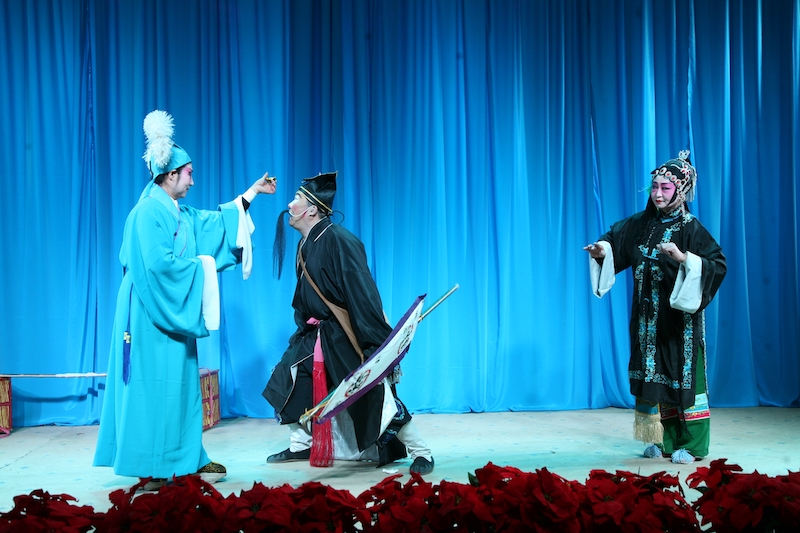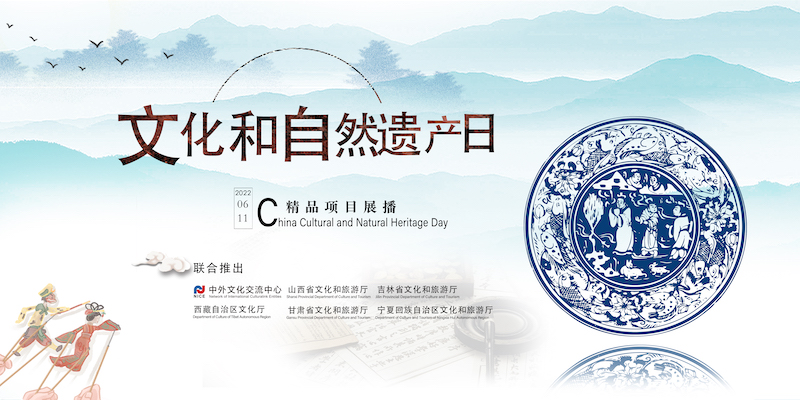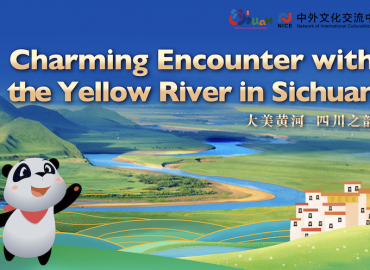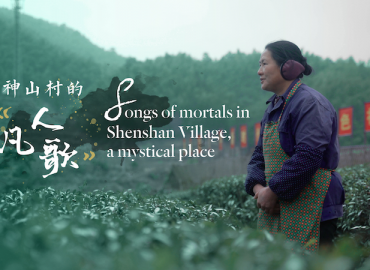Gansu, the important birthplace of the Chinese nation and Chinese civilization, embraces the old Silk Road winding for more than 1,600 kilometers. Featuring diversified natural ecology and unique geological landforms, it has seven world cultural heritages. A number of world-class natural wonders such as Danxia landform in Zhangye, the Yellow River Stone Forest and the Crescent Spring in Dunhuang have won fame both at home and abroad. It is praised by global tourists as “birthplace of Chinese civilization, a museum of natural wonders, a showplace of ethnic customs and a destination of quality tourism”.
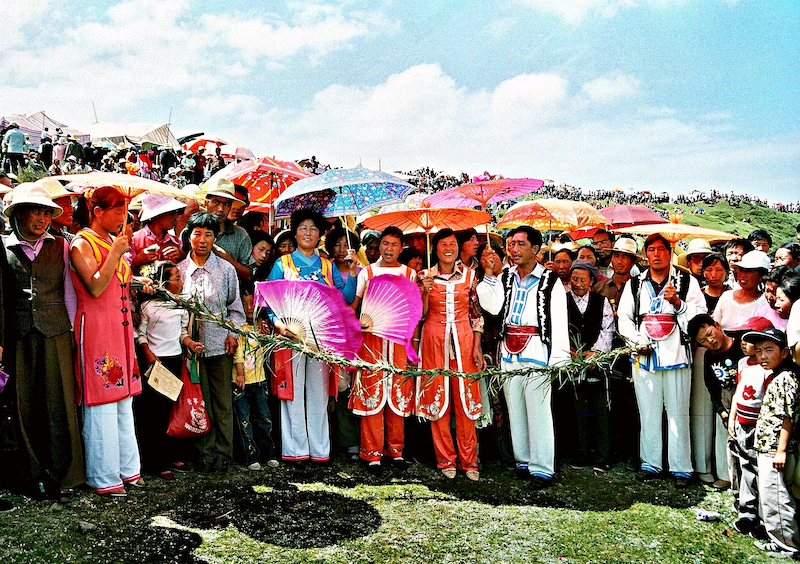
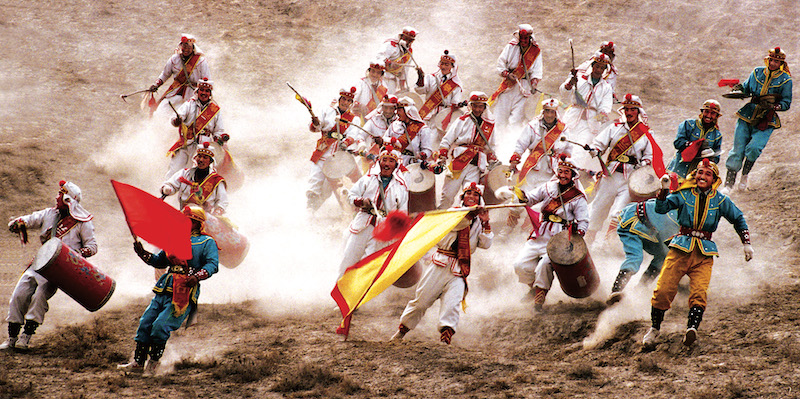
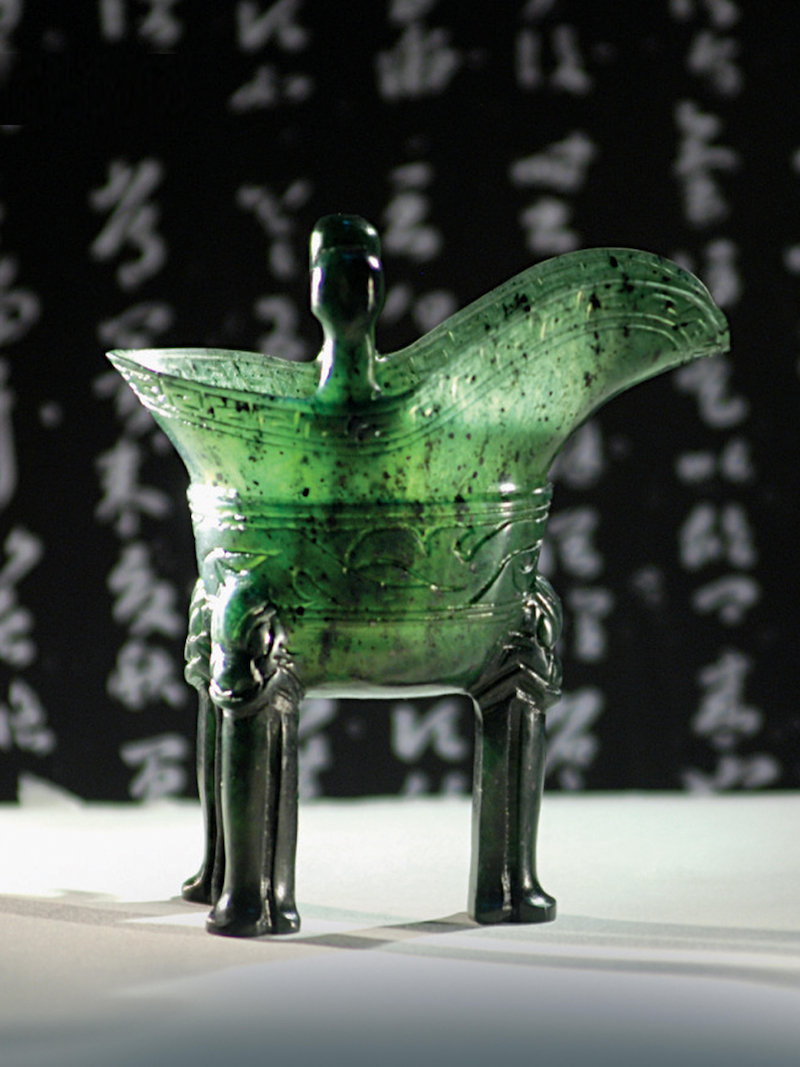

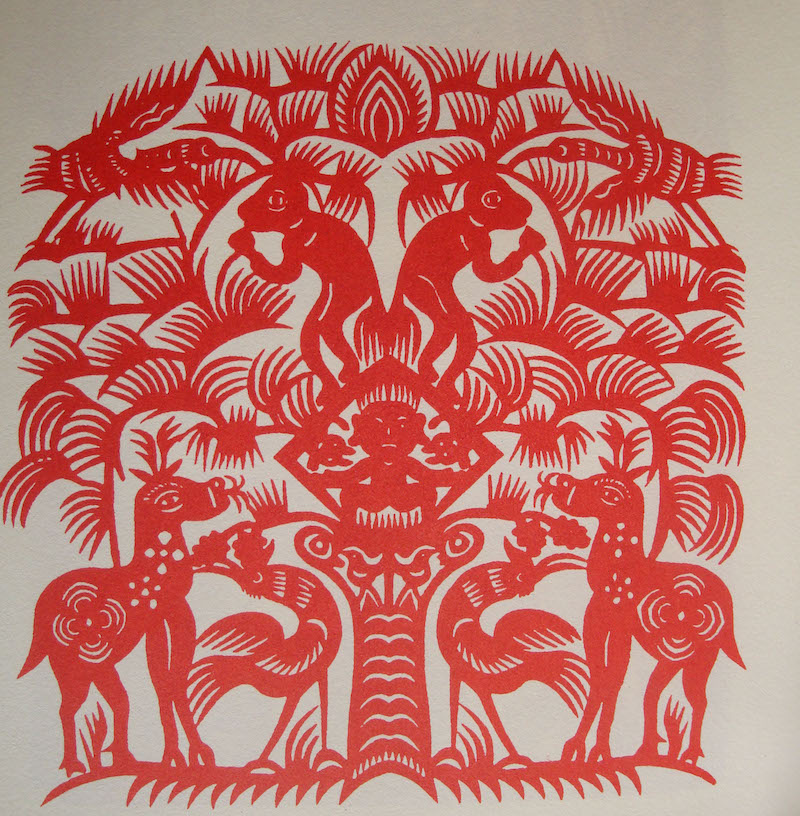
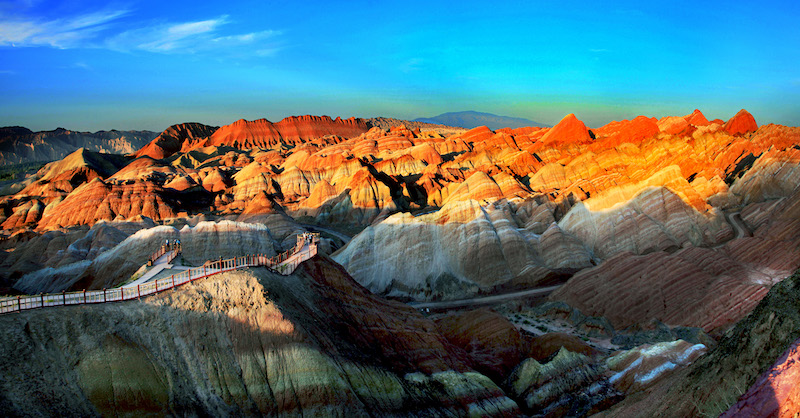
Three of over 27,000 intangible cultural heritage projects in Gansu have been included in the UNESCO’s Representative List of the Intangible Cultural Heritage of Humanity, and 83 of them were recognized as national representative projects. Memory of Gansu Province: Short Video Display of Intangible Cultural Heritage visualizes the cultural charm on this land, which has been inherited to this day, through the rich and colorful folk culture, such as Tibetan Eagle Flute performance, Hua’er (folk song) Party, Loong-headed Lute playing and singing, Dunhuang dance and music, Guozhuang Dance, martial art of Kongtong School, Tibetan folk songs in Gannan, Duodi Dance, national costumes, Chinese shadow puppetry, paper cutting and so on.
